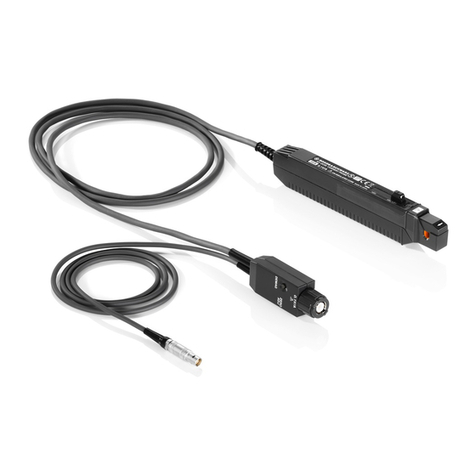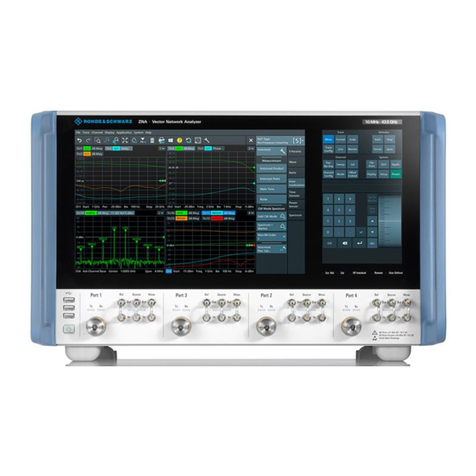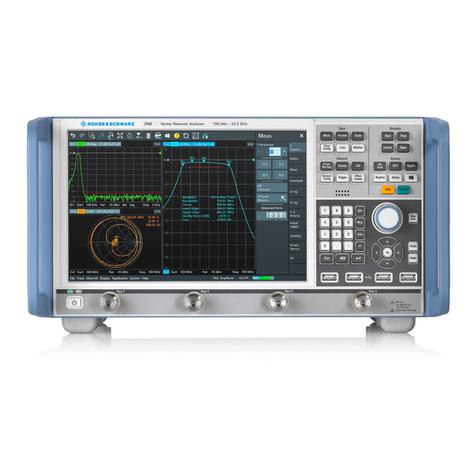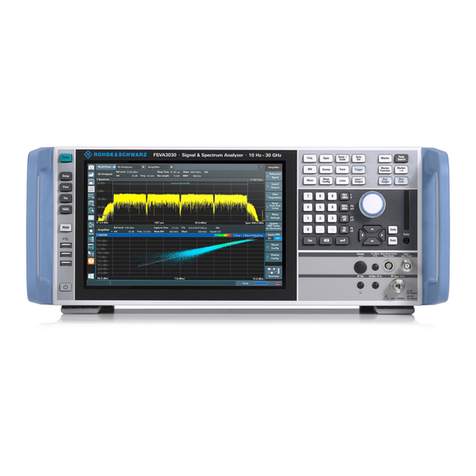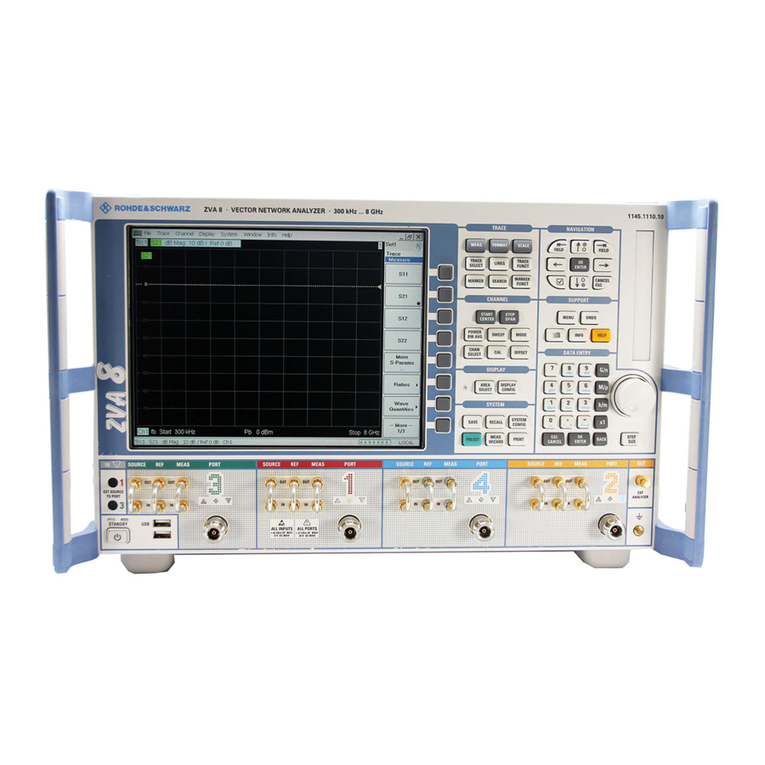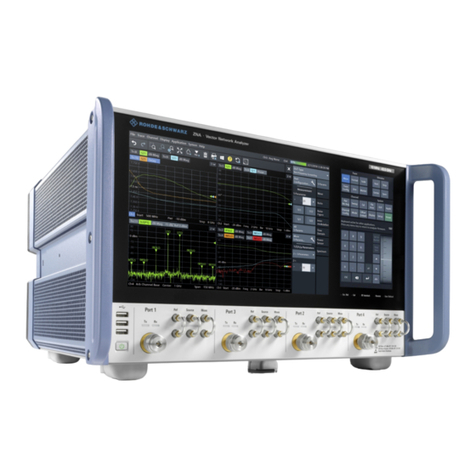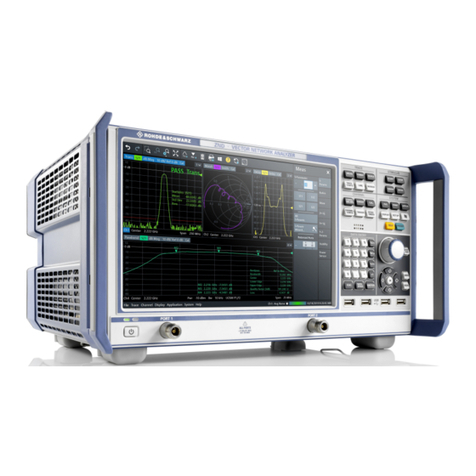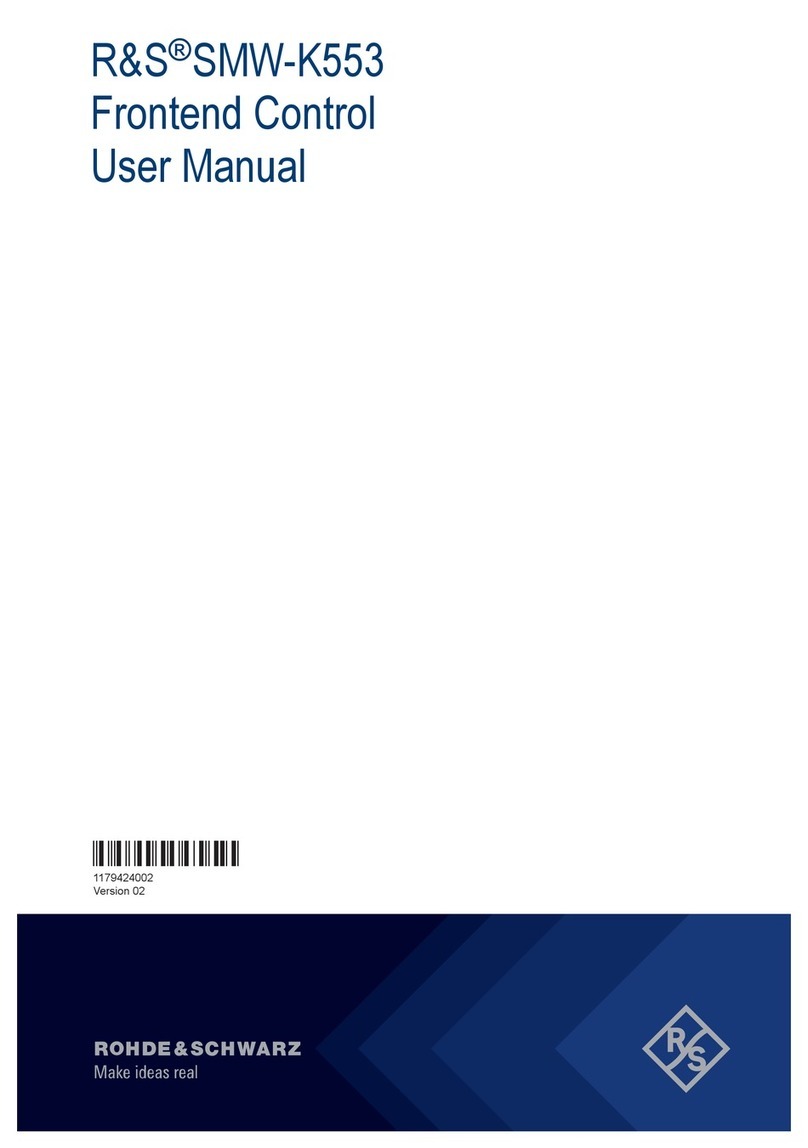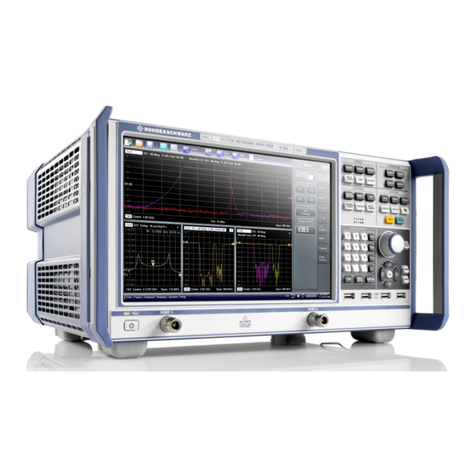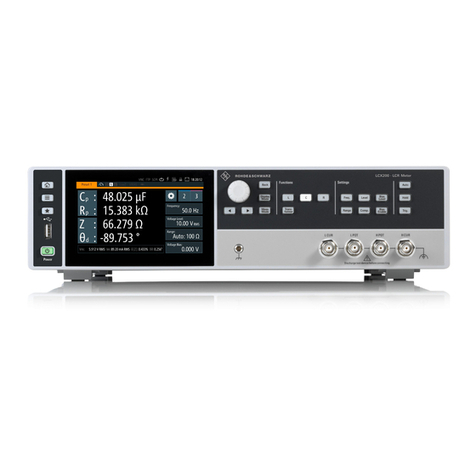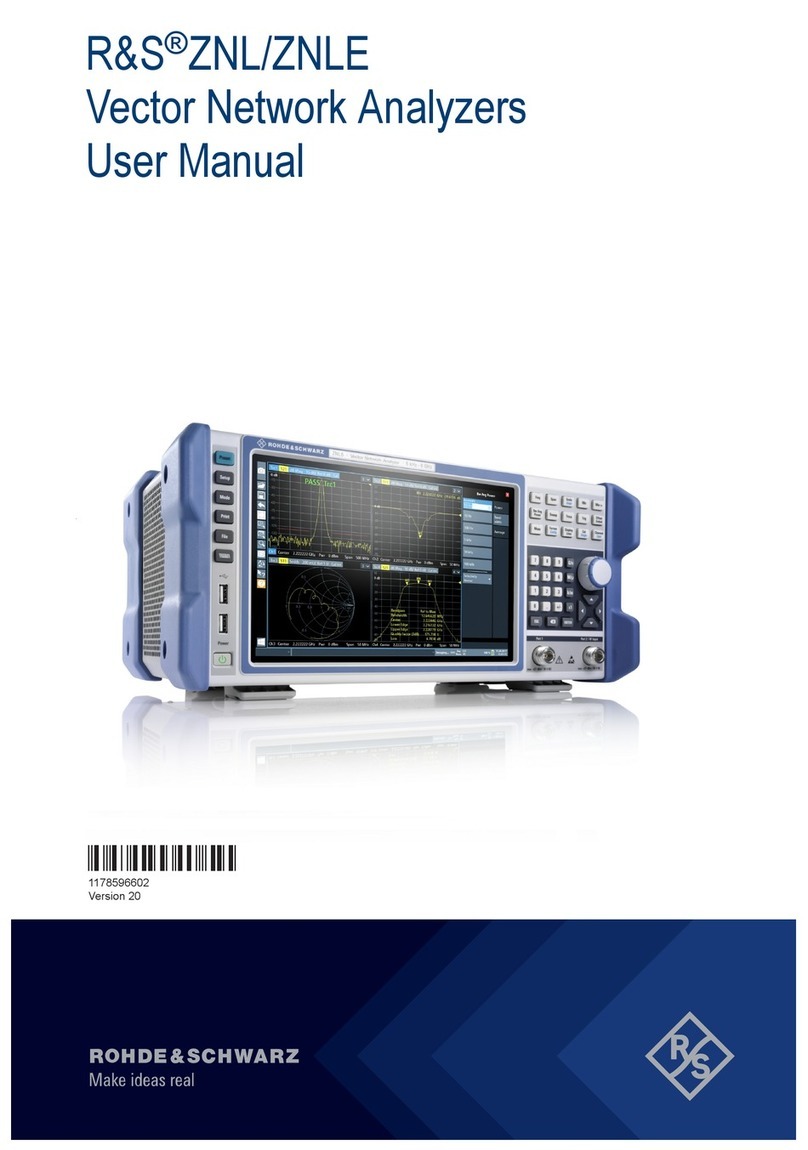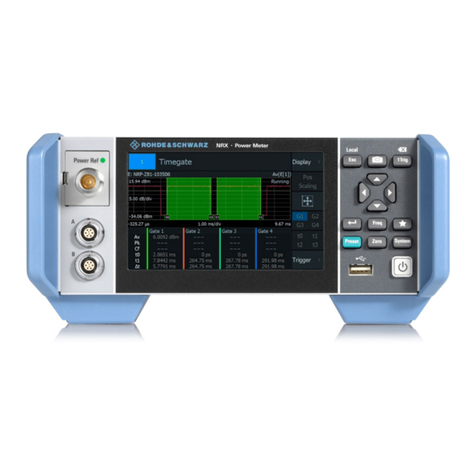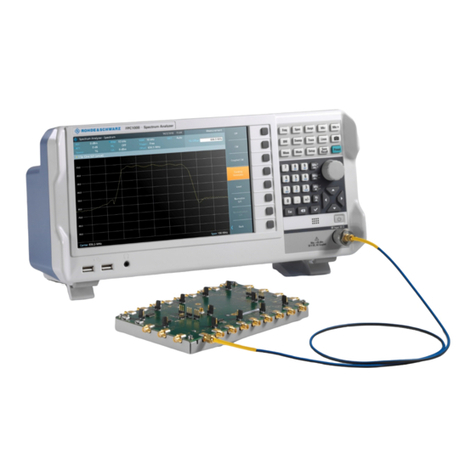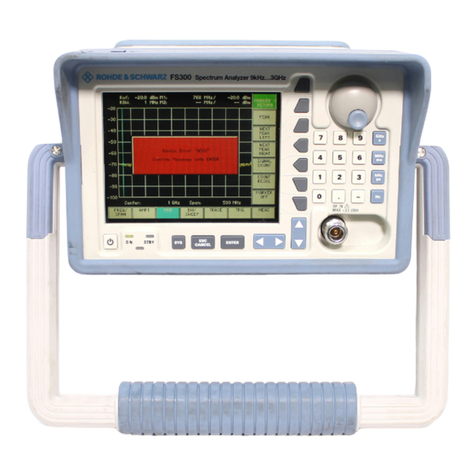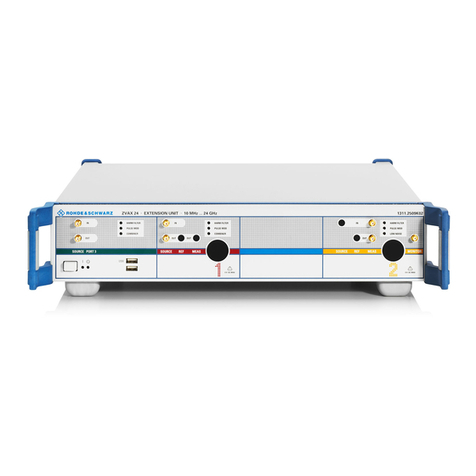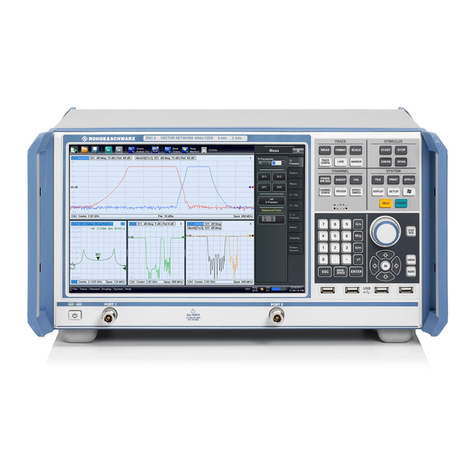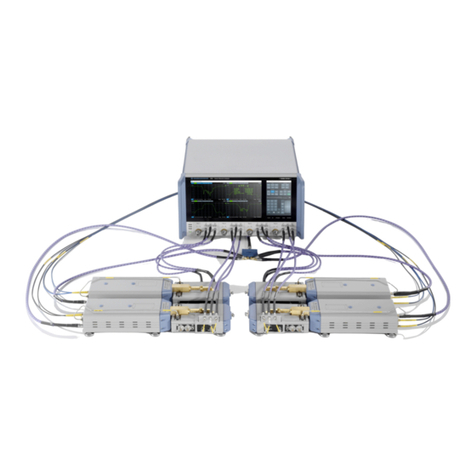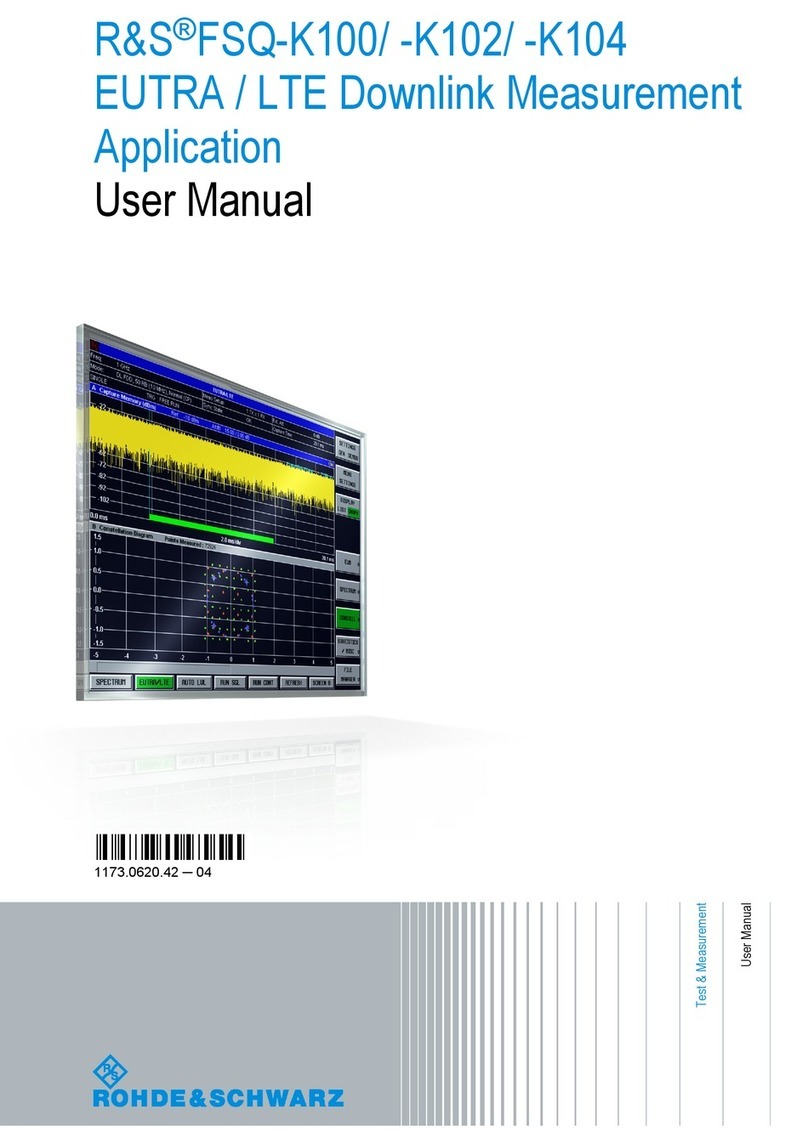
Contents
R&S®RT‑ZD10/20/30
3User Manual 1410.4550.02 ─ 05
Contents
1Product Description.............................................................. 5
1.1 Key Features and Key Characteristics............................................... 5
1.2 Unpacking..............................................................................................7
1.3 Description of the Probe...................................................................... 8
1.4 Accessories and Items......................................................................... 9
2 Putting into Operation.........................................................15
2.1 Connecting the Probe to the Oscilloscope...................................... 16
2.2 Identification of the Probe..................................................................17
2.3 Using the Probe.................................................................................. 17
2.4 Offset Compensation..........................................................................18
3 R&S RT‑ZA15 External Attenuator..................................... 23
3.1 Key Characteristics............................................................................ 23
3.2 Description.......................................................................................... 24
3.3 Inserting the Probe............................................................................. 24
3.4 Adjusting............................................................................................. 25
4 Connecting the Probe to the DUT...................................... 30
5 Characteristics of Differential Probes............................... 36
5.1 Common Mode Rejection Ratio (CMRR)...........................................37
5.2 Dynamic Range and Operating Voltage Window............................. 38
5.3 Ground Connection............................................................................ 39
6 Measurement Principles..................................................... 40
6.1 Signal Integrity of the Transferred Signal.........................................42
6.2 Signal Loading of the Input Signal....................................................46
6.3 Probing Philosophy............................................................................ 49












